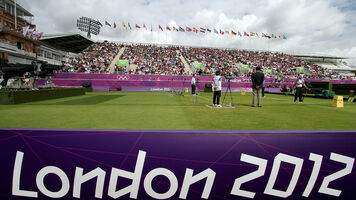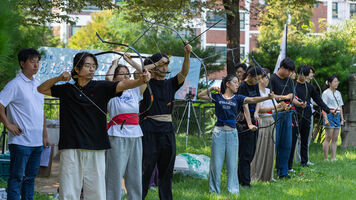“It had to be done”; a FITA history 1977-2005, part 2
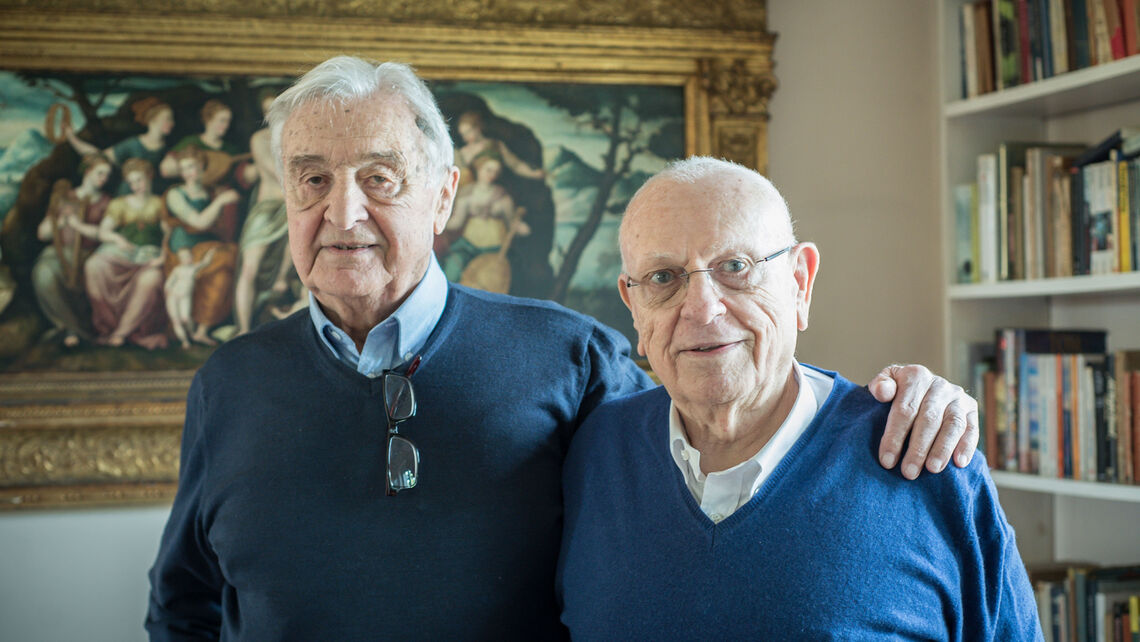
In the first part of this two-part article, Francesco explains how he came to become president of World Archery and Beppe gives a flavour of how much the federation has changed since those times.
Political problems
The early 1980s were a difficult time for Olympic archery, with the sport in danger of losing its place at the Games.
“I was working very hard within FITA to strengthen our position in the Olympic world, which was positively weak. Had there been any need for a reduction of the Olympic Programme, we would certainly have been among the first out,” recalled Francesco.
As president, he quickly found himself dealing with major problems.
At the 1979 World Championships, his first in charge, many countries withdrew in protest on the field because an apartheid-era South Africa participated: “Not only did I have 10 or 12 teams withdrawing but also, at the reception before competition, some sandwiches with bad meat were served and about 25 archers, on the first day of competition, had very bad diarrhea. In fact, two had to go to hospital.”
A pressing issue was working out how to incorporate China, who were re-emerging as an Olympic nation after years of isolation. Originally FITA members, China had renounced their membership in the 1960s.
“At the time of Mao’s Cultural Revolution, they had written a letter to all the international federations saying that we were the lackeys of imperialism and they wouldn’t play with us anymore,” said Francesco.
The Chinese Olympic Committee, at the time, was an organisation in Taiwan under the Republic of China government, which had withdrawn from the mainland in 1949. (This government continued to represent China at the United Nations until 1971, when the People’s Republic of China in Beijing took the seat.)
“One day I received a telephone call from the Chinese Embassy in Rome saying that a gentleman from the Chinese Olympic Committee wanted to see me. So, I went to Rome and I met this gentleman in the Chinese Embassy and he said they would like to join FITA again and I replied that I would personally be very glad,” said Francesco.
“Then he said: ‘Of course, you must expel Taiwan’. I said: ‘I’m only the president, I’m not the emperor of FITA, I cannot expel anyone, only the FITA Congress can’.”
He recalled this conversation repeating itself every four or five months for a couple of years before eventually realising that the thing that made it impossible to accept the presence of Taiwan was the official name: the Republic of China.
One day, the man from the Chinese embassy visited Francesco for lunch in Milan, where the president made a proposal.
“I have a compromise,” he said. “You apply for FITA membership without conditions and I will make sure that Congress gives you a great majority. I will propose to Congress an amendment to our rules introducing an article that says that a member association must reflect in its name and symbols the geography and historic reality in which it operates, which will enable me to ask Taiwan not to call itself the Republic of China.”
At the next Congress in Berlin in 1979, Francesco organised a grand reception for the newly accepted member from China.
“The Chinese delegate came and told me: ‘Mr President, we are very grateful for all you’ve done to help us become members of FITA but I’m very sorry we cannot be members because our government does not permit us to be members of anything of which Taiwan is also present in’,” said Francesco.
“I’m sorry, but you are members,” he replied. “To decide who is a member is not for government, it’s for our Congress and our Congress has voted you in. I will not accept a verbal resignation. If you don’t want to be members, you go home and write me a letter of resignation.”
“Think twice before you do it because you’ve seen what an ordeal it has been to become members now and I don’t know how it will go if it has to be repeated.”
The pair parted and several months went by, then a letter from Beijing arrived. Francesco only spoke to Beppe about it, nobody else. It was a letter of resignation. He pretended not to have received it, didn’t acknowledge it and just put it in a drawer, envelope and all.
“I had realised by the number of months that had passed that it had not been an easy decision for them,” he said.
In 1981, a team arrived at the world field championships in New Zealand with ‘Republic of China’ on the athletes’ jerseys and bags. Francesco told the team manager that it was not acceptable, to which the team manager replied that he could not change the name of his country.
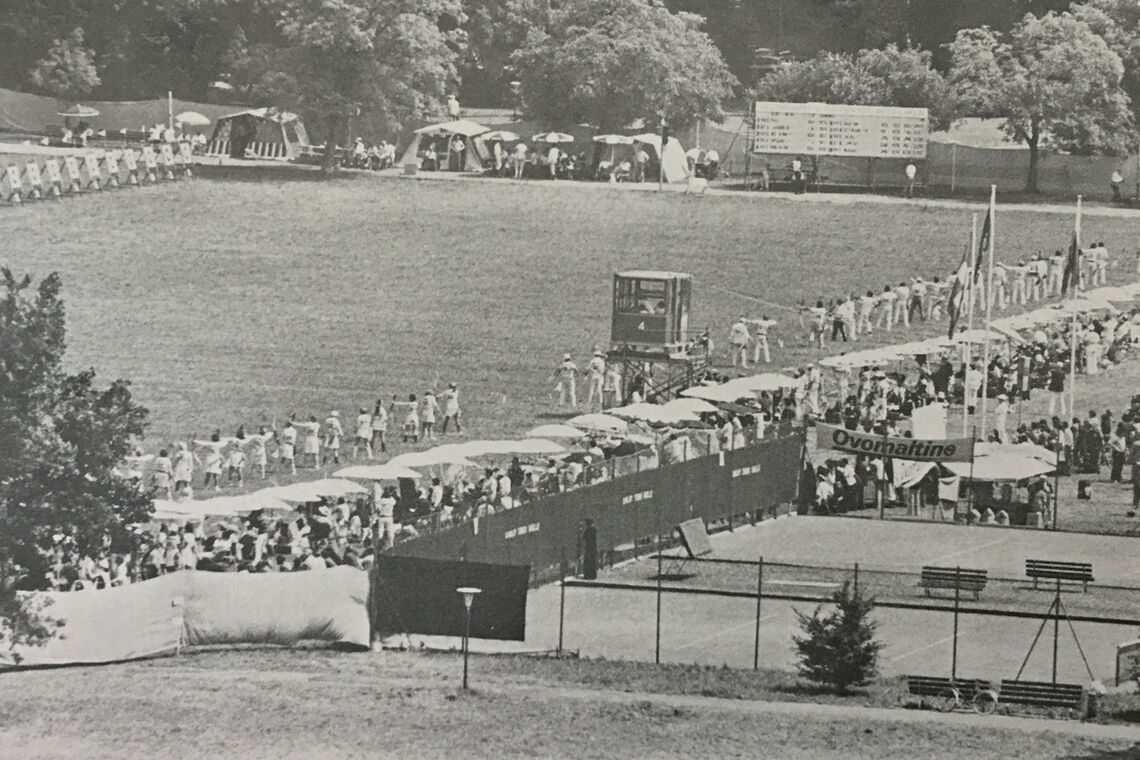
“I’m not asking you to change the name of the country, only to change the name of your archery federation,” said Francesco. “With those jerseys and hats I will not allow you to take part in the championship.”
After several phone calls between the team manager and his head office, eventually the team announced that it would withdraw.
“So, I started making a comedy,” said Francesco: “Oh, the poor archers who have been training so hard. If you have to boycott why don’t you just boycott the opening and closing ceremonies?”
“I had no worries about the closing ceremony because they had never done field archery, I knew there was no risk of having to raise their flag. After some more telephone calls with Taipei, they accepted that they would boycott the ceremonies but take part in the competition with unmarked jerseys.”
When Francesco returned to Milan he found another letter from Beijing waiting for him.
It wasn’t withdrawing or withdrawing the withdrawal, but contained a cheque for the membership fee for that year.
In late 1979, the International Olympic Committee and international sports federations adopted a resolution by which the Olympic Committee from Taiwan would be known as Chinese Taipei. This was formally accepted in 1981 and remained in place ever since.
“That resignation letter has never existed. I don’t think it’s in the file. I don’t think I passed it on, it just never existed,” said Francesco.
Since 1979, World Archery strictly uses Chinese Taipei and any references to “Taiwan” or the “Republic of China” in this article were for editorial and historical purposes. The name “Chinese Taipei”, its flag and anthem are those approved by the International Olympic Committee and respective National Olympic Committees.
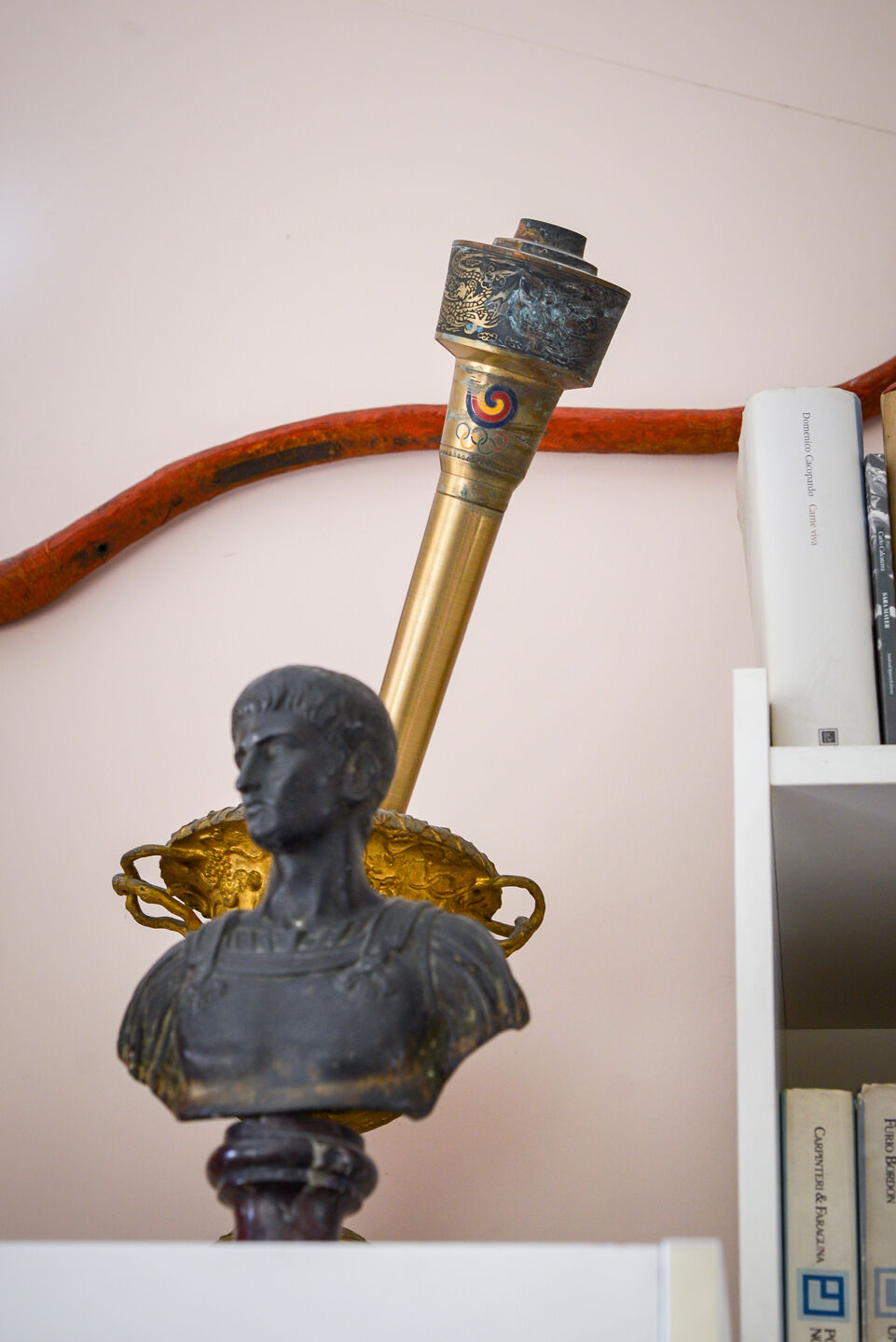
Seoul 1988
After the Los Angeles 1984 Olympic Games, television money started to flow into the Olympic Movement, and subsequently the international federations. More and more members started to join FITA.
In the mid-80s, Francesco was sent to Pyongyang in North Korea by International Olympic Committee President Juan-Antonio Samaranch as a semi-official ambassador prior to the Olympic Games in Seoul in 1988. Relations between the South and the North were deteriorating and Pyongyang had threatened Seoul with military action during the Games, with the threat of a boycott by other socialist states hanging over the build-up.
“He had made a very reluctant Seoul agree to the possibility of letting Pyongyang organise a few Olympic events, having the Games shared between the two Koreas,” said Francesco.
At one stage, there was a very real possibility of having the archery tournament held in North Korea, but intransigence and the failure of Russia to support the boycott eventually meant that South Korea did not have to compromise, and the Games went off without a hitch.
Real change happened in 1988 with the introduction of the Grand FITA round, which was shot in Seoul in 1988. Olympic competitions from 1972 had used the Double FITA round – two rounds of the now-called 1440 Round – to decide the medals, shot over four days.
With spectator numbers low and television becoming a vital component of the Olympics, there was a need to energise the sport.
On the way back from Los Angeles, Beppe and Francesco started to plan: “We decided that the Double FITA round was going to kill FITA. As Don Lovo had said, watching a double FITA round is as interesting as watching paint dry. We sat on the plane and decided that somehow we had to do something.”
“The something was obviously introducing a system by which at least the final stages of the competition could be followed by the spectators on site and by the media, and we drafted the first draft of the Grand FITA round.”
Francesco recounts being divided between the wish to create something entirely new and the need for prudence, not to shock people too much, so the new round would be accepted by the archery community.
“We kept, for instance, the four distances, which even with a small number of targets was awkward, having to move them, but the whole shooting on four distances was one of the good, positive aspects of the old FITA Round,” he said.
After testing in Italy, the round was eventually accepted, after much international grumbling from archers and coaches. But the competitive era had begun.
“With the old Double FITA Round, all you needed was regularity and stamina. Here you needed initiative, quick reaction to a bad arrow and much more fighting spirit. With the old FITA Round, at the end of the first round that is at the beginning of the third day, you already knew that it was a competition at most between three or four people.”
The Grand FITA, shot in Seoul in 1988, paved the way for the head-to-head competition introduced at the Barcelona Games in 1992.
Seoul saw the women’s individual medal go to Kim Soo-Nyung of Korea, beginning the modern era of Korean Olympic archery dominance.
“[The Korean women’s teams] lived in a, sort of, convent-like seclusion. I had invented the tradition that, at the end of a World Championship, at the final banquet, after the dinner was finished and the dancing started, the president danced with the lady champion of that championship. They were the most disastrous dances of my dancing career, with Koreans who didn’t know how to dance,” Francesco said smiling.
The 1980s also saw the development of para archery.
“Neroli Fairhall who was an archer who had her legs paralysed who came and competed at the Commonwealth Games; she shot for New Zealand and won. The New Zealand Archery Federation asked me if they could take her to the LA Olympic Games. She came to Los Angeles and she placed very well,” said Francesco.
“At that time a coach – from a team I shall be charitable enough not to name –complained because we had allowed her to participate in the Olympic Games when she had the advantage of shooting from a chair.”
“I told him: ‘I authorise you to break the legs of all your archers so they can also shoot from chairs’,” Francesco joked.
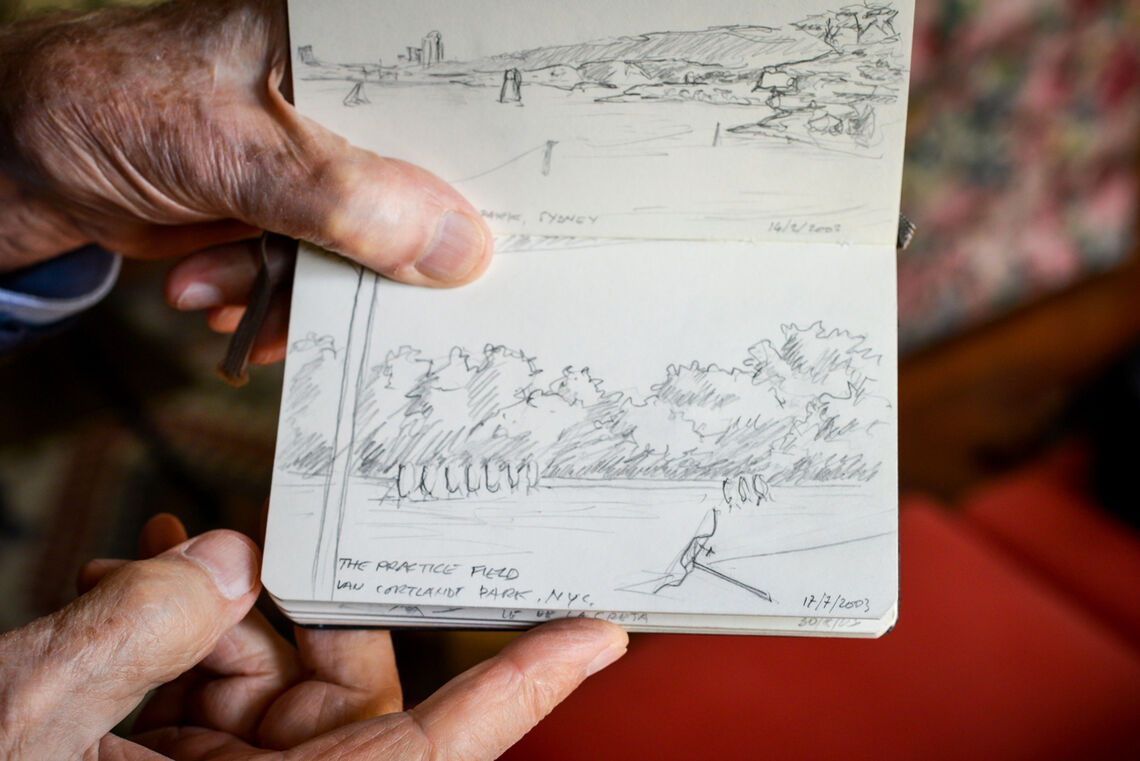
Athens and beyond
The 2004 Olympic Games in Athens proved to be one of the most difficult, with the run-up fraught with problems. Beppe remembers fixing the archery competition in the Panathenaic Stadium as one of his proudest achievements as secretary general.
“I had the idea of trying to convince them to allow us to shoot in the stadium. The original site we approved was unavailable, because they found some archaeological relics there, so we couldn’t use it. The Olympics were approaching, and organisers were not able to tell us where we were going to be,” he said.
Finally, the federation received a new proposal:
“We arrived in Athens airport for the meeting, and instead of bringing us out of the airport, they brought us on top of a landing strip, saying: ‘here will be the archery field, because the airport over there will be the new airport, and this will be…’”
Horrified at the thought of holding the archery competition on an airport runway, Beppe suggested the driver go via the Panathenaic Stadium.
“We stopped, and had a deep look at the stadium. At the meeting, we proposed the Panathenaic and obviously the answer was: ‘no chance’,” Beppe recalled. “Slowly we overcome all the obstacles, and finally we got it approved. And I still think the choice of the Panathenaic, which was my idea, was one of the best things that happened to the sport, for FITA, for the future.”
“I’m so proud of it.”
Disorganisation in the local organising committee caused major problems, however. The night before competition, nothing was ready and Beppe was worried the competition wouldn’t start the following day: “But the organising committee worked hard during the night, and everything was ready for the following morning.”
Athens, with its extraordinary historical backdrop, is remembered as a triumph for Olympic archery, and the beginning of a series of major events held in spectacular locations.
Beppe also oversaw the move of FITA from a home office in Milan to its current home in Lausanne, Switzerland, and the appointment of Tom Dielen as first executive director – the first paid member of staff – and then secretary general upon his own retirement.
“I tend to be positive and I think of the few good things I made, among them one of the most difficult was to move the office to Lausanne, because that was a difficult step. It could have put FITA in great financial difficulties, so it wasn’t easy but the advantage of moving from an amateur organisation to a professional one was important, and it had to be done,” said Beppe.
The federation has continued to evolve. Dropping FITA in 2009, in favour of World Archery and a clean, fresh brand, it launched an international circuit in the Hyundai Archery World Cup in 2006 and embraced opportunities to promote the sport through new media channels.
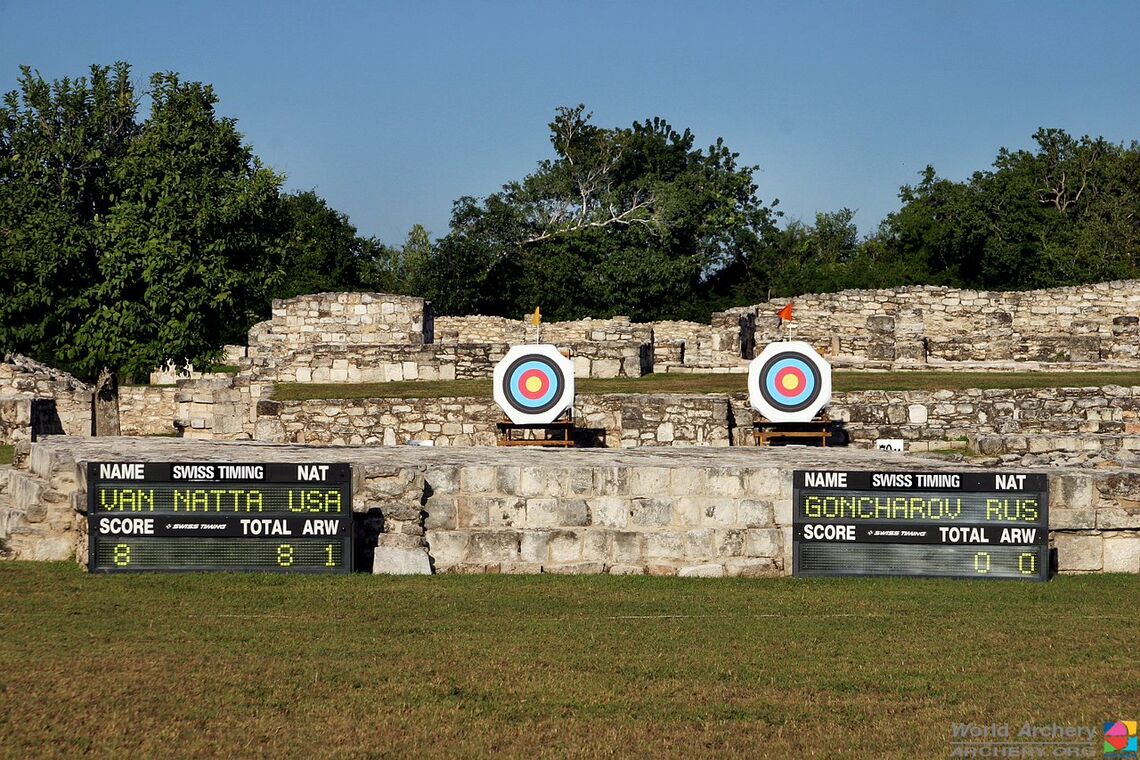
The world of Olympic sport has changed considerably, too.
“Archery, as every sport, is in a very competitive world, and there is already, whether we like it or not, and it will become even more evident in future, a battle among sport to be part of the Olympics. It will be tough to remain in and, in my opinion, without being in the Olympics, archery is going to die,” said Beppe.
“It is not going to survive only based on the Sunday afternoon shooters at club level. The national federations get money, through the governing body, by the sport governing body of the countries, because they are in the Olympics, because their sport is an Olympic sport.”
“Therefore, to remain in the Olympic Programme is a must, for archery itself, not for FITA or for archery now, but for the sport itself.”
To remain in the Olympics, he added, the sport needs to increasingly professionalise at the administration level. Beppe said a paid president is possible, not because that’s what he and Francesco were aiming for, but because it is the way it is needed to survive.
Despite noting the pressure placed on archery’s future, both are optimistic.
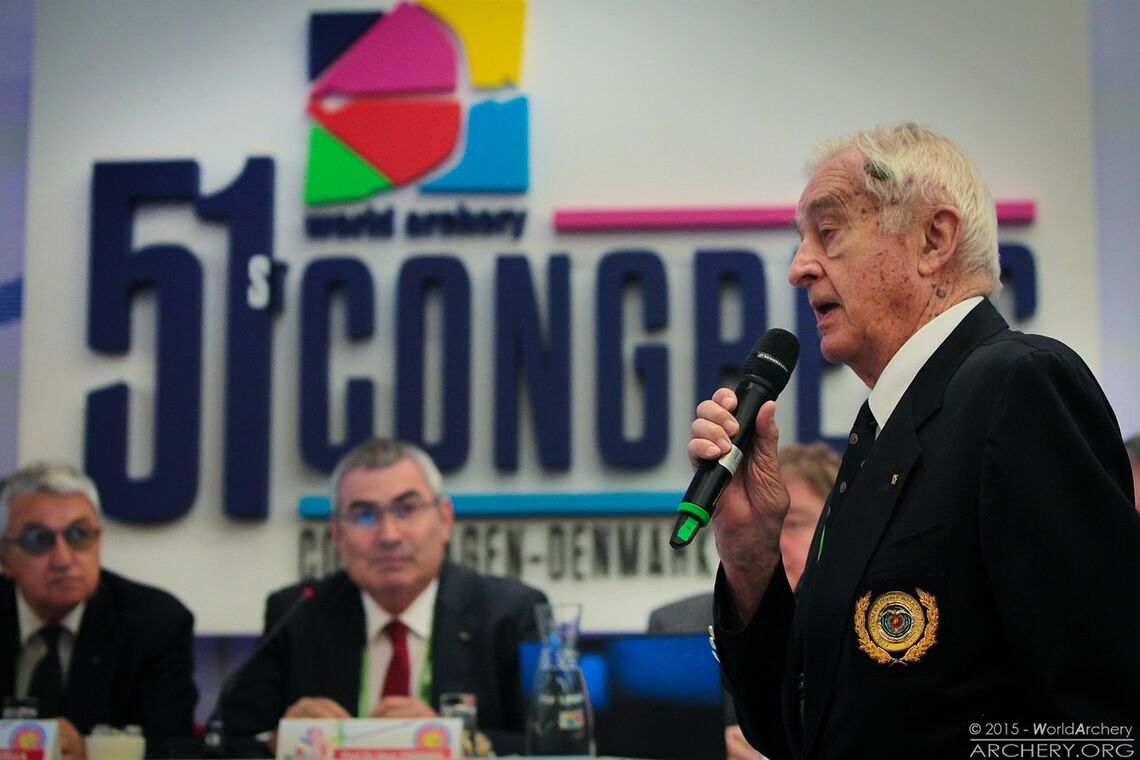
“I think one of the things I’m still very proud of, in World Archery as well as FITA before, is that our board of justice never has anything to do,” said Francesco. “When you see the amount of litigation and disorder and sanctions which happen in other federations and, I think at three editions of Congress out of four, the board of justice has to report that they have nothing to report. It’s a very healthy sign.”
“In terms of sport, what we achieved, abandoning the old FITA Round and introducing competition by elimination was the most important decision. I think that has consolidated the presence of archery. That and the continental associations, which have made it possible for many small countries to start or to increase their archery activity so that championships or Olympic tournaments are won by archers from countries which we had never heard of in our time.
The last word went to Beppe: “I’m still very proud of what archery is achieving. As an archer myself, as honorary secretary general of World Archery, I’m proud of what archery is achieving now.”
World Archery was founded in 1931 as FITA, with the mission of getting archery back onto the Olympic Programme. It changed its name to World Archery in 2009 and, through its 160-plus member associations, regulates, promotes and encourages participation in the modern sport of archery.




